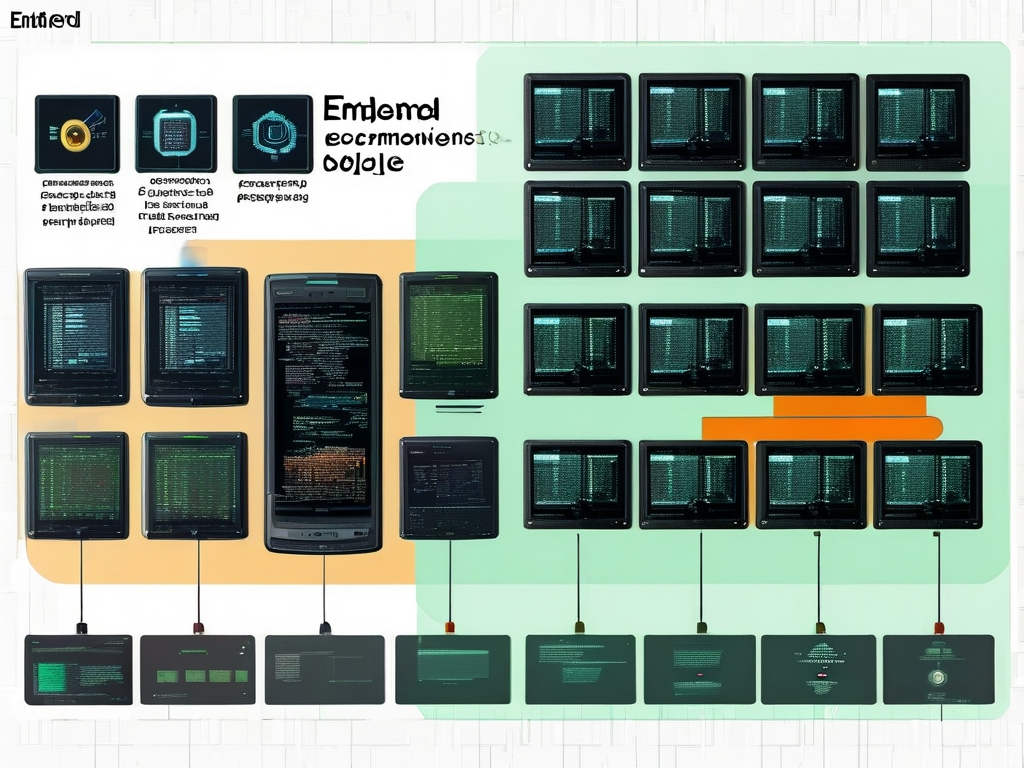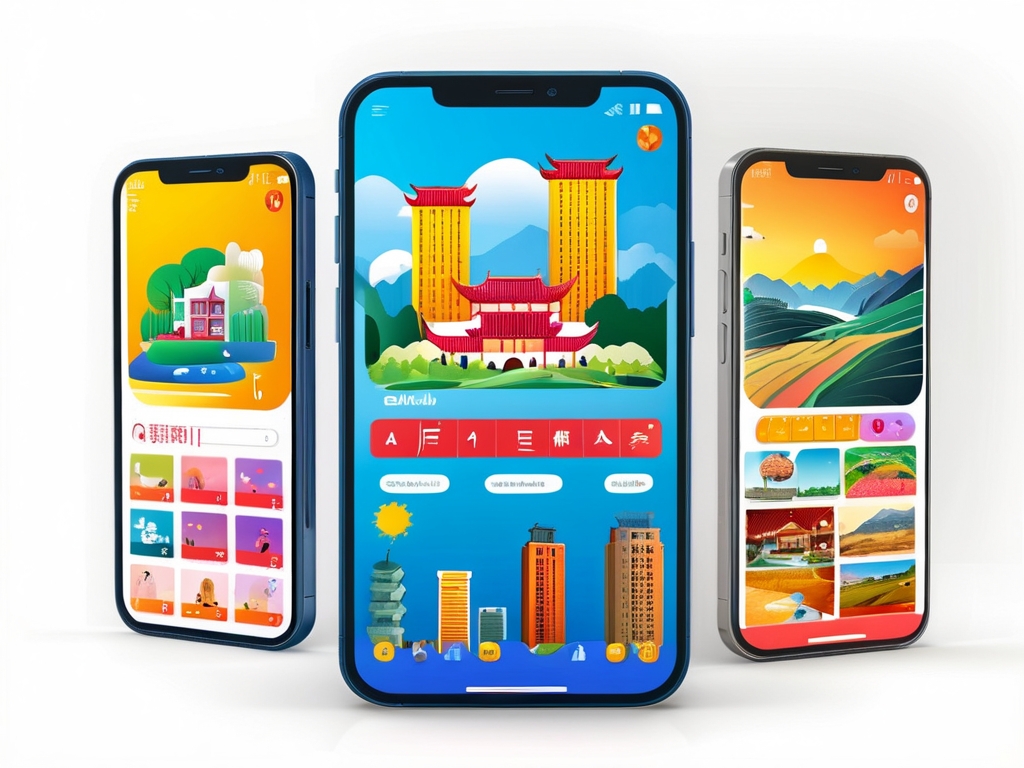In the ever-evolving landscape of digital product design, a new hybrid role is emerging at the intersection of creativity and technical precision: the modeling-savvy interaction designer. This professional transcends traditional boundaries, combining user experience (UX) principles with 3D modeling, simulation, and prototyping expertise. As industries increasingly demand immersive interfaces—from augmented reality (AR) applications to AI-driven dashboards—the ability to visualize and test complex interactions through modeling has become a critical differentiator.
The Evolution of Interaction Design
Interaction design has historically focused on wireframes, flowcharts, and 2D prototypes. However, modern user expectations now span tactile, spatial, and dynamic experiences. Consider the rise of metaverse platforms, smart home ecosystems, or automotive HMI (Human-Machine Interface) systems. These environments require designers to think in three dimensions and account for real-time physics, user motion, and environmental variables. A designer who can build functional 3D models—not just static mockups—gains a unique advantage in crafting intuitive, future-ready solutions.
Why Modeling Skills Matter
-
Enhanced Prototyping Fidelity
Tools like Blender, Unity, and Figma’s 3D capabilities allow designers to create interactive models that simulate real-world behavior. For instance, a designer working on a fitness app might model a user’s interaction with a virtual treadmill, testing how interface elements respond to motion, sweat detection, or heart rate variability. Such prototypes provide stakeholders with a tangible understanding of user journeys, reducing misinterpretation during development. -
Cross-Disciplinary Collaboration
Modeling-savvy designers speak the language of engineers and product managers. By creating data-rich models, they bridge gaps between aesthetic vision and technical feasibility. In automotive design, for example, an interaction designer might use parametric modeling to demonstrate how a touchscreen interface adapts to varying lighting conditions or driver postures—a process that aligns industrial designers, software developers, and ergonomics experts. -
Data-Driven Iteration
Advanced modeling tools enable designers to embed analytics into their prototypes. Heatmaps of user gaze in VR environments or stress-test simulations for wearable device interfaces generate actionable insights early in the design process. This iterative, evidence-based approach minimizes costly revisions post-development.
Case Study: AR Navigation Systems
Consider the challenge of designing an AR navigation system for urban cyclists. A traditional interaction designer might map out screen layouts and button placements. A modeling-savvy counterpart, however, would:

- Model the cyclist’s field of view using spatial computing tools.
- Simulate how holographic arrows interact with real-world obstacles (e.g., rain, glare).
- Test gesture controls through motion-captured prototypes.
This approach not only refines usability but also identifies safety-critical edge cases long before coding begins.
Overcoming the Skills Gap
Despite its advantages, mastering modeling presents challenges. Designers must balance artistic sensibility with software proficiency—a duality that demands continuous learning. Key strategies include:
- Toolkit Diversification: Familiarity with parametric tools (e.g., Rhino/Grasshopper) for algorithmic design, and real-time engines (e.g., Unreal Engine) for interactive storytelling.
- Cross-Training: Partnering with engineers to understand constraints like polygon counts or rendering pipelines.
- Ethical Modeling: Addressing biases in AI-driven interactions (e.g., ensuring gesture models accommodate diverse body types).
The Future of the Field
As generative AI accelerates model creation, designers will shift from building from scratch to curating and refining AI-generated options. However, this underscores the need for human judgment: a model’s technical accuracy means little if it fails to resonate emotionally with users. The next frontier lies in biometric modeling—designing interfaces that adapt to physiological signals like stress levels or cognitive load—a domain where empathy and technical rigor must coexist.

The modeling-savvy interaction designer represents a paradigm shift in digital creation. By marrying the precision of engineering with the nuance of human-centered design, these professionals are redefining what’s possible in UX. As industries race to adopt XR, IoT, and AI, organizations that invest in this hybrid skill set will lead the charge toward more immersive, responsive, and humane technology. For designers, the message is clear: the future belongs to those who can think in polygons and personas alike.






